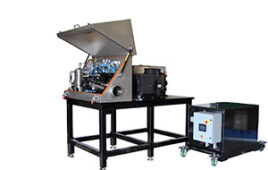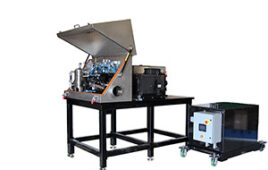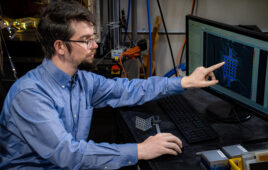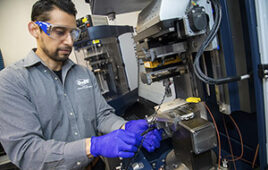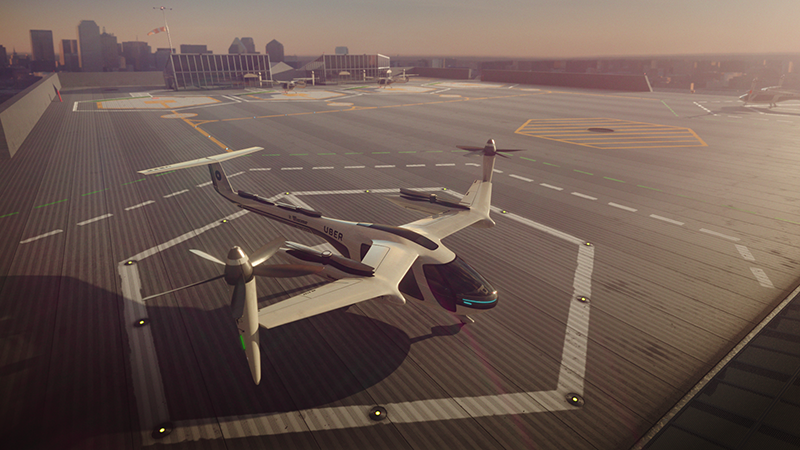
Photo: Uber
The prospect of getting around in cities of the future by flying car was a sci-fi trope in movies and TV spanning from The Jetsons and Blade Runner to The Fifth Element.
Now, the ride-sharing service Uber, still currently on the ground, is unveiling its plans to offer a kind of subway of the air, by which commuters and travelers can get from one side of a major metropolitan area to another without getting bogged down in bumper-to-bumper traffic or jostling lines aboard mass transit.
Uber announced today it has a “Space Act Agreement” with NASA to study air traffic patterns of drones at low altitudes, as part of the agency’s Unmanned Traffic Management (UTM) Project to study the possibilities.
The company also announced it has selected Los Angeles as the second city to debut its “UberAIR” program (Dallas will be first). The first demonstrator flights in the two metropolises are expected to begin in 2020, they said.
They envision a 27-minute flight (four minutes actually in the air) across Los Angeles instead of a grinding hour-plus on the ground in the city’s notorious traffic, they said.
“Technology will allow L.A. residents to literally fly over the city’s historically bad traffic, giving them time back to use in far more productive ways,” said Jeff Holden, Uber’s chief product officer, in a statement today from the Web Summit in Lisbon, Portugal. “By the time the Olympics come in 2028, we believe Los Angeles residents will be making heavy use of UberAIR, showcasing one of the most advanced urban transportation system to the world, and because UberAIR is all-electric from day one, it will have a net positive impact on the environment.”
A video demonstrating the envisioned plans shows a woman leaving a work meeting and getting a notification to be home for dinner with her family – all the way across a major city. So she takes an elevator to the top of a particularly tall building, where she boards one of the Uber aircrafts, which takes a vertical liftoff. As she cruises across the unnamed city, she looks down on the lines of traffic backed up on a highway. She walks in her front door to her kids and husband just as the table is being set.
The aircraft will be an entirely new concept: a distributed electric propulsion (DEP) system that uses multiple rotors functioning off an electric charge to make vertical take-offs and landings (VTOLs, for short).
The company has partnerships with five aeronautics companies to create the machines: Aurora Flight Sciences, Pipistrel Aircraft, Embraer, Mooney, and Bell Helicopter.
Uber had first announced the “Elevate” program on VTOL technology in October 2016. Since then, it has touted some hires and an “Elevate Summit” in Dallas this past April.
The NASA partnership is a step to “pave the way forward” for developing the possibilities of airspace management technology, Holden added.

